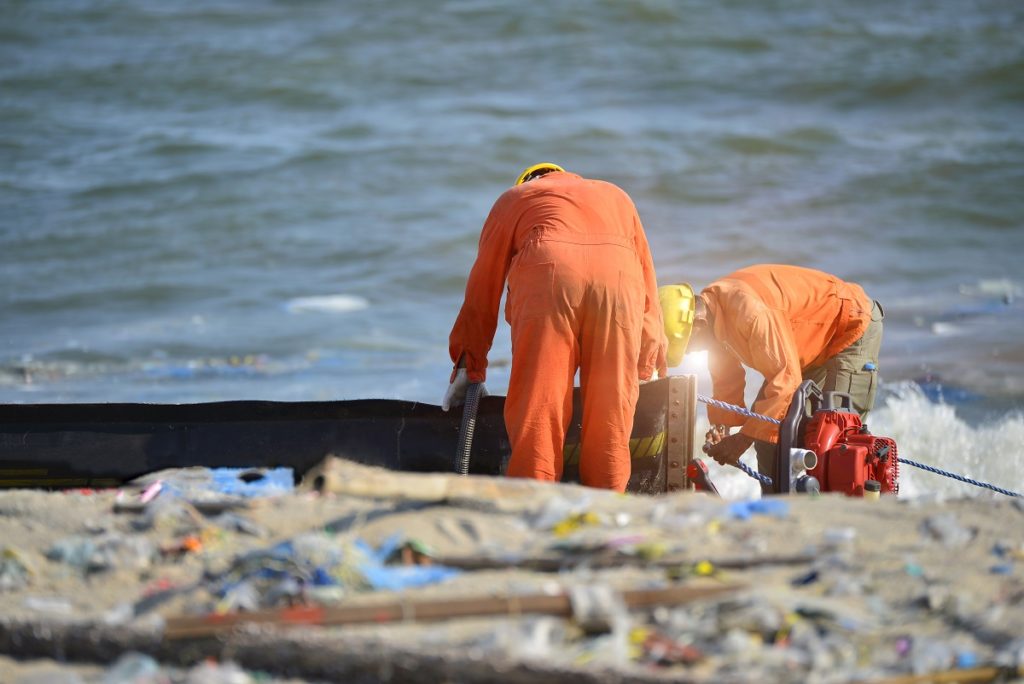How often does someone think about stormwater? Most enjoy the sound of the pouring rain. For farmers, the water that falls from the heavens feeds the plants. On a sweltering summer day, the rain is a blessing, cooling everyone.
But stormwater is dangerous. Not only does it increase the risk of landslide and erosion, but it also pollutes waters. For this reason, cities should take significant steps in controlling it. Anyone who likes to build either a home or building needs to present a stormwater management plan and get a permit.
To further understand the need, it’s best to discuss in detail the harmful effects of stormwater.
The Dead Zone
It’s the natural water cycle: heat causes water to evaporate, which then falls back to the ground in the form of rain or snow (or both). Rain and melted snow, though, is also subject to gravity. It needs to find a way down. Two scenarios can happen:
It goes back to the ground with the soil filtering the contents of the water.
Water continues to flow until it finds an “exit.”
The problem can happen in any of these, but with stormwater, the issue appears in the second scenario. As water from the rain or even from the melted snow moves down, it collects a lot of things. These include debris, fertilized soil, manure, and other organic wastes, decaying matter, and a lot more.
If the state or city doesn’t have a clear stormwater management plan, the dirty water continues to flow until it reaches the natural bodies of water.
There, the dirt, grime, and chemicals combine with either fresh or seawater. Either way, it allows algae to bloom. Now, algae aren’t the bad guys in the story. They also offer plenty of benefits, such as fuel and food for a variety of marine life, like frogs and fish.
However, they multiply fast, and the “added nutrients” from the stormwater, such as nitrogen from fertilizers, can cause the algae to overcrowd the body of water. When they do, they can cut the amount of oxygen marine species get. It then makes the water hypoxic or heavily depleted with oxygen.
Without oxygen, the species die and sink into the bottom. There, microbes can feast on them, further releasing carbon dioxide.
If left uncontrolled, the entire place can become a dead zone. It can no longer sustain life. It can wipe out marine species, destroy the ecosystem, and drive out other new species.

The Cost of Stormwater Pollution
The economic and social costs of water pollution is staggering. The EPA breaks down some of them:
- It results in nearly a billion dollars of losses each year for the tourism industry.
- It raises the cost of water supply.
- The spending on cleanup and removal can be worth millions. The state could have used the same amount for improving social services and infrastructure.
Water pollution also increases social-economic costs. One, it hinders efficient food production, making more people food insecure. In the United States alone, over 35 million were hungry in 2017, according to the USDA.
It can also damage health. These tainted bodies of water can enter the plumbing system and the primary water supply of homes and offices. They can also contaminate crops, which can be dangerous to a person’s health when consumed.
Stormwater management in Idaho goes beyond reducing the risk of soil erosion. It’s all about protecting the marine ecosystem and food chain, preserving tourism, and making the planet more sustainable.







